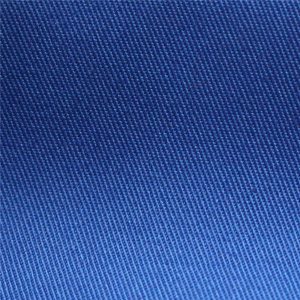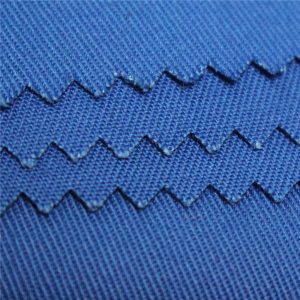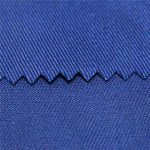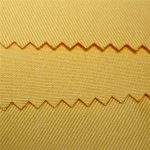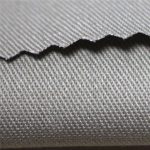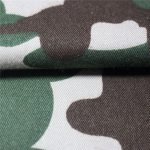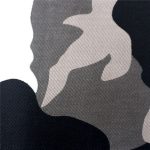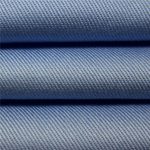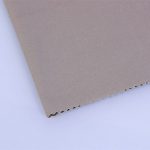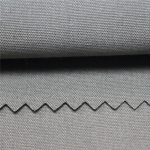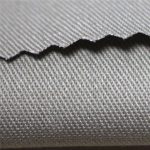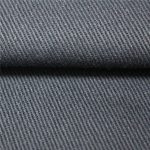Quick Details
Material: Polyester / Cotton
Supply Type: Make-to-Order
Type: Satin Fabric
Pattern: Yarn Dyed
Style: Twill
Width: 57/58"
Technics: Woven
Use: Garment, Industry, Jacket, Shirt, Suit, Trousers, workwear, firefighter protective clothing, industry, decorative cloth
Feature: Flame Retardant, Fluorescent, Anti-Static, Shrink-Resistant, reflective material fabric for sale
Certification: EN, Oeko-Tex Standard 100, SGS
Yarn Count: 21*21
Density: 108*58
Weight: 235gsm, 250gsm, 300gsm, 350gsm
Fabric Material: cotton polyester
Shrinkage: less than 3%
washing: 50 times
color fastness: 4-5 grade
Tear strength in Warp: ≥25N
Tear strength in Weft: ≥25N
color: red /orange/navy /blue, or customize
Technical Parameters
| Fabric Composition | 80% cotton 20% polyester, 65% cotton 35% polyester, 60% cotton 40% polyester, or with 1% anti-static | |||
| Weight | 235gsm, 250gsm, 300gsm, 350gsm | |||
| Width | 150 cm | |||
| Finish | THPC or Pyrovatex or Frecotex® | |||
| Construction | Twill | |||
| Wash time | more than 50 times | |||
| Shrinkage | ≤±3% | |||
| Color fastness | 4-5 grade | |||
| Abrasion Resistant | 4-5 grade | |||
FAQ
Q : Whats the classification of flame retardant fabric?
A : --Disposable FR fabrics
--Chemical treated FR fabrics
--Inherently FR fabrics
Q : What is the difference between fire retardant and fire resistance?
A: A fire retardant material slows burning across the surface of a combustible substrate. A fire resistive material delays heat penetration through a substrate.
Q: How to ensure your product quality?
A: Xinke protective has wholesome and updated test facilities, Test center has picture and more details. And we can provide the certificates you need.
Q: How to ensure your the delivery time?
A: We have advanced and environmental production line with
experienced workers to ensure product delivery time between 20-30 day. And we have running protective fabrics only need 15-20 days. For example, 330g cotton fr fabric and 7oz cotton nylon fr fabric.
Q:Whats the difference between Inherent Flame Resistance and Treatments?
A:Inherently flame resistant fibers contain an essential characteristic that protects the wearer from an ignition source.Treatments or treated fibers have an applied chemical treatment that changes the original level of flame resistance.Flame resistant garments are generally made from either flame resistant materials such as those made from aramid fibers, melamine fibers, or those treated with flame resistant "FR" treatments such as Ammonia or Heat Cure . FR treatments can Wash Out over time, shorting the
life of the garment.

